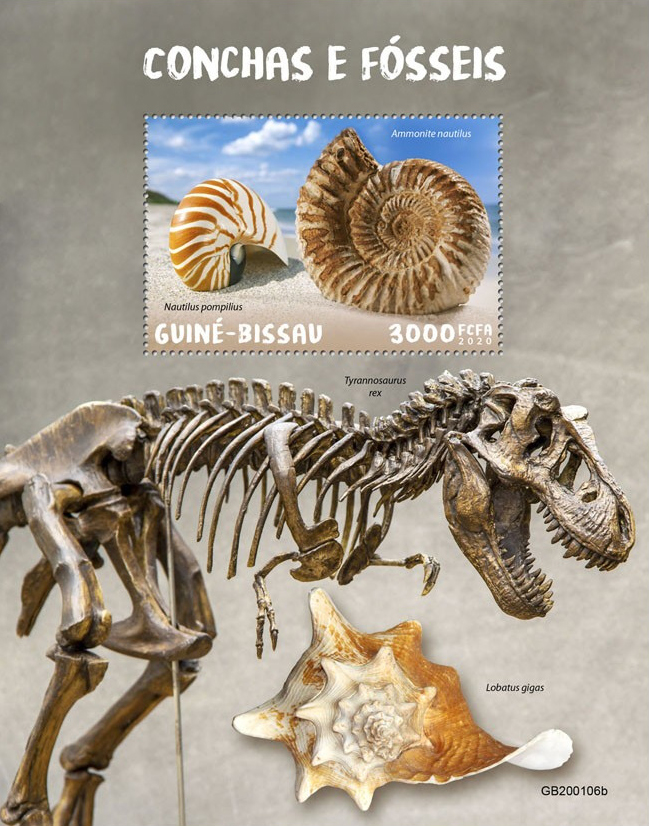(Ordine) Ammonitida

Phylum: Mollusca Linnaeus, 1758
Subphylum: Conchifera Gegenbauer, 1878
Classe: Cephalopoda Cuvier, 1795
Ordine: Ammonitida Zittel, 1884
Famiglia:
Genere:
Descrizione
Sono cefalopodi dotati di conchiglia esterna (ectococleati), con camere interne suddivise da setti e collegate da un sifone che permetteva all'animale di introdurre nelle camere stesse gas e liquidi tramite un processo osmotico per variare il proprio galleggiamento. L'animale viveva solo nell'ultima camera, la più ampia (camera d'abitazione). Gli Ammonitida sono caratterizzati in particolare da setti a geometria molto complessa, con suture generalmente assai articolate, suddivise in numerosi elementi accessori. La conchiglia è molto varia sia nella morfologia, che va da globosa e depressa a compressa con profilo sottile (oxicona), sia nelle dimensioni (da centimetriche a metriche), sia nell'ornamentazione (la più varia nell'ambito dell'intero gruppo), ma si riconduce sempre al tipo fondamentale planispirale.
Diffusione
Gli Ammonitida sono un ordine di cefalopodi estinti appartenenti agli Ammonoidea. Si tratta delle ammoniti nel senso più stretto del termine, conosciute dal Triassico, che hanno costituito il gruppo più diffuso e rappresentativo degli Ammonoidea dal Giurassico al Cretaceo Superiore, estinguendosi completamente tra il Cretaceo terminale (Maastrichtiano) e l'inizio del Cenozoico (Paleocene Inferiore).
Bibliografia
–Klug, Christian; Kröger, Björn; Vinther, Jakob; Fuchs, Dirk (August 2015). "Ancestry, Origin and Early Evolution of Ammonoids". In Christian Klug; Dieter Korn; Kenneth De Baets; Isabelle Kruta; Royal H. Mapes (eds.). Ammonoid Paleobiology: From macroevolution to paleogeography. Topics in Geobiology 44. Vol. 44. Springer. pp. 3-24.
–"What is an ammonite?". www.nhm.ac.uk.
–"The Cephalopoda". ucmp.berkeley.edu.
–Lemanis, Robert; Korn, Dieter; Zachow, Stefan; Rybacki, Erik; Hoffmann, René (2016-03-10). "The Evolution and Development of Cephalopod Chambers and Their Shape". PLOS ONE. 11 (3): e0151404.
–Kröger, Björn (2003). "The size of the siphuncle in cephalopod evolution". Senckenbergiana Lethaea. 83 (1-2): 39-52.
–"siphuncle, n.", Oxford English Dictionary (3 ed.), Oxford University Press, 2023-03-02.
–Lemanis, R. (2020). "The ammonite septum is not an adaptation to deep water: Re-evaluating a centuries-old idea". Proceedings of the Royal Society B: Biological Sciences. 287 (1936).
–Kruta, Isabelle; Landman, Neil; Rouget, Isabelle; Cecca, Fabrizio; Tafforeau, Paul (Jan 2011). "The Role of Ammonites in the Mesozoic Marine Food Web Revealed by Jaw Preservation". Science. 331 (6013): 70-72.
–Doguzhaeva, Larisa A.; Royal H. Mapes; Herbert Summesberger; Harry Mutvei (2007). "The Preservation of Body Tissues, Shell, and Mandibles in the Ceratitid Ammonoid Austrotrachyceras (Late Triassic), Austria". In N. H. Landman; et al. (eds.). Cephalopods Present and Past: New Insights and Fresh Perspectives. Dordrecht: Springer. pp. 221-238.
–"Introduction to Ammonoidea". The Geology of Portsdown Hill.
–Rowe, Alison J.; Landman, Neil H.; Cochran, J. Kirk; Witts, James D.; Garb, Matthew P. (26 March 2020). "Late Cretaceous Methane Seeps as Habitats for Newly Hatched Ammonites". PALAIOS. 35 (3): 151-163.
–Sarti, Carlo (1999). "Whorl Width in the Body Chamber of Ammonites as a Sign of Dimorphism". Advancing Research on Living and Fossil Cephalopods. pp. 315-332.
–Peterman, David J.; Ritterbush, Kathleen A. (2022-07-04). "Resurrecting extinct cephalopods with biomimetic robots to explore hydrodynamic stability, maneuverability, and physical constraints on life habits". Scientific Reports. 12 (1): 11287.
–Westermann, Gerd E. G. (1996), Landman, Neil H.; Tanabe, Kazushige; Davis, Richard Arnold (eds.), "Ammonoid Life and Habitat", Ammonoid Paleobiology, Topics in Geobiology, vol. 13, Boston, MA: Springer US, pp. 607-707.
–Ritterbush, K. A.; Hoffmann, R.; Lukeneder, A.; De Baets, K. (2014). "Pelagic palaeoecology: the importance of recent constraints on ammonoid palaeobiology and life history". Journal of Zoology. 292 (4): 229-241.
–Peterman, David J; Ritterbush, Kathleen A (2022-12-12). "Stability–Maneuverability Tradeoffs Provided Diverse Functional Opportunities to Shelled Cephalopods". Integrative Organismal Biology. 4 (1): obac048.
–Hoffmann, René; Slattery, Joshua S.; Kruta, Isabelle; Linzmeier, Benjamin J.; Lemanis, Robert E.; Mironenko, Aleksandr; Goolaerts, Stijn; De Baets, Kenneth; Peterman, David J.; Klug, Christian (2021). "Recent advances in heteromorph ammonoid palaeobiology". Biological Reviews. 96 (2): 576-610.
–Tanner, Lawrence H. (16 November 2017). The Late Triassic World: Earth in a Time of Transition. Springer.
–Gradstein, Felix M.; Ogg, James G.; Schmitz, Mark D.; Ogg, Gabi M. (2020). Geologic Time Scale 2020. Elsevier.
–Landman, Neil H.; Machalski, Marcin; Whalen, Christopher D. (2021). "The concept of 'heteromorph ammonoids'". Lethaia. 54 (5): 595-602.
–Morton, N (1981). "Aptychi: the myth of the ammonite operculum". Lethaia. 14 (1): 57-61.
–Morton, N.; Nixon, M. (1987). "Size and function of ammonite aptychi in comparison with buccal masses of modem cephalopods". Lethaia. 20 (3): 231-238.
–Lehmann, U.; Kulicki, C. (1990). "Double function of aptychi (Ammonoidea) as jaw elements and opercula". Lethaia. 23 (4): 325-331.

|
Data: 07/02/2020
Emissione: Conchiglie e fossili Stato: Guinea-Bissau |
|---|